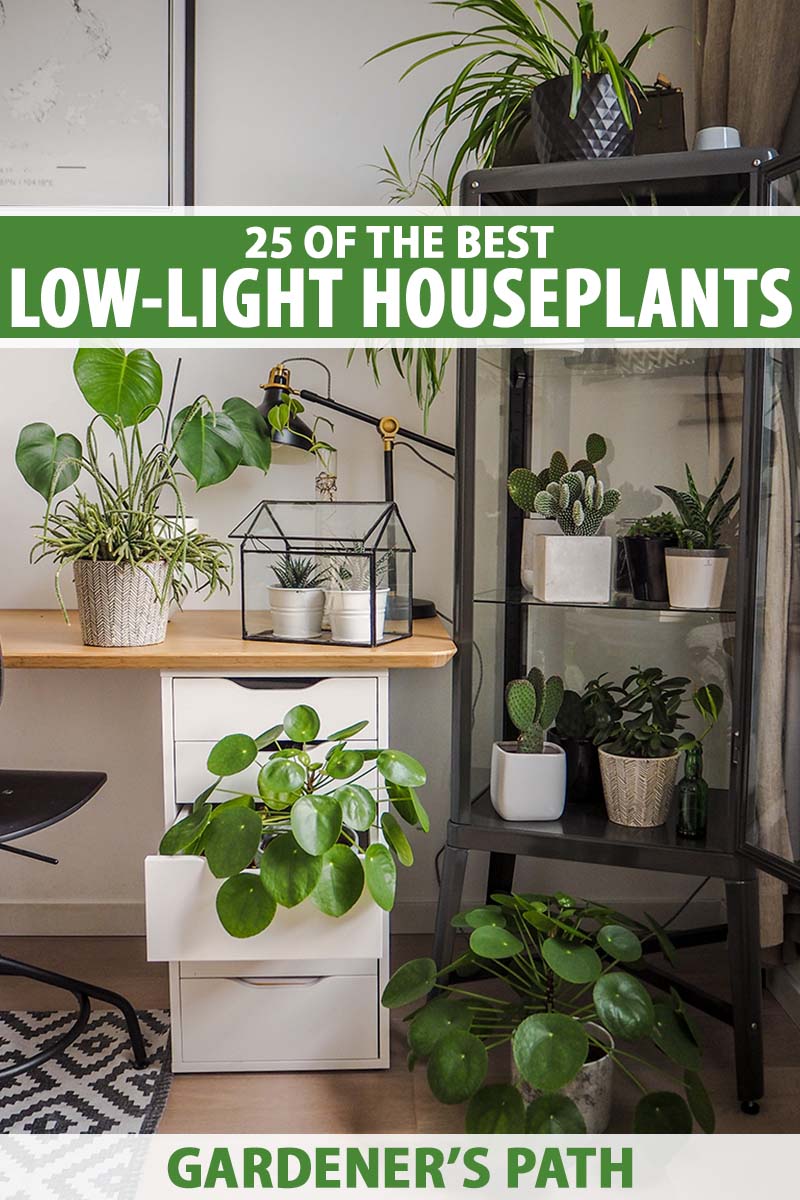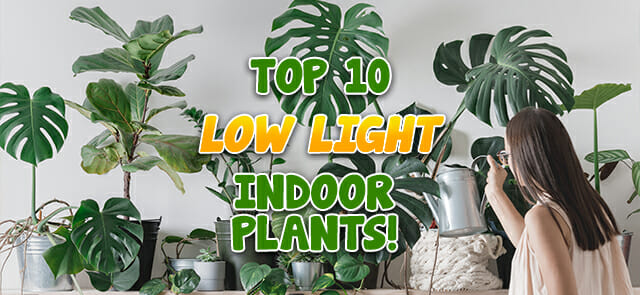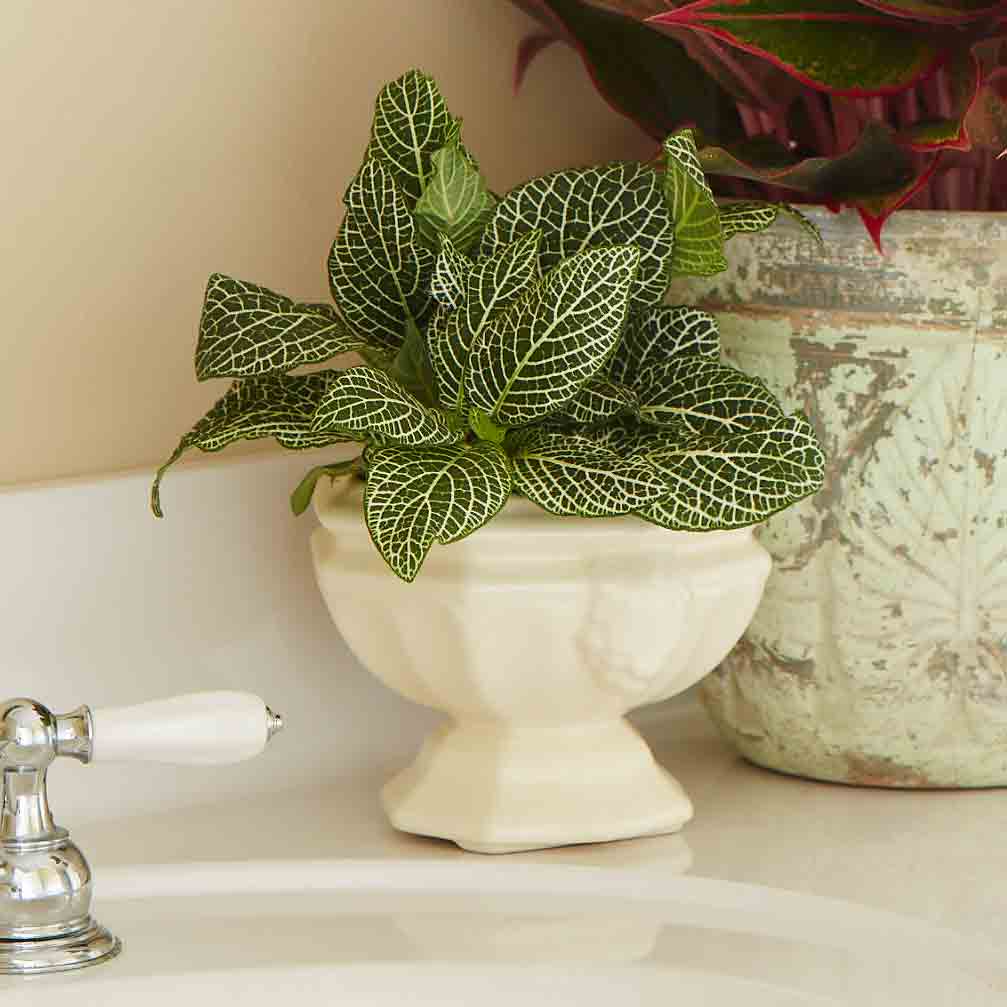A Guide to the Best Low-Light Indoor Plants for Small Spaces
A Guide to the Best Low-Light Indoor Plants for Small Spaces
Blog Article
Transform Your Home With Beautiful Low-Light Indoor Plants and Their Benefits
Including low-light interior plants right into your home can significantly enhance both the environmental and aesthetic quality of your space. These plants, which thrive in dim conditions, serve not only as decorative aspects however likewise as all-natural air purifiers, making them suitable for urban dwellers or those with limited sunlight exposure. As we explore the various sorts of low-light plants and their benefits, you may find surprising ways to incorporate them into your home that can transform your surroundings in means you might not have anticipated.
Benefits of Low-Light Plants
Low-light plants provide various advantages for indoor settings, making them an outstanding choice for both novice and experienced garden enthusiasts. Among the main benefits is their adaptability to low-light problems, enabling individuals to improve their living rooms without the requirement for substantial sunlight direct exposure. This particular makes them suitable for homes, offices, and various other areas with minimal all-natural light.

Additionally, including low-light plants right into home décor can elevate the aesthetic allure of a space. Their lush foliage and varied textures create a calming environment, adding to general wellness. The visibility of plant has actually been linked to decreased stress levels and enhanced performance, making low-light plants a sensible option for enhancing both mental and physical wellness in interior settings.
Top Low-Light Indoor Plants
While lots of interior plants flourish in intense light, several types are especially well-suited for low-light conditions, making them ideal for various indoor rooms. One preferred selection is the Snake Plant (Sansevieria), understood for its striking upright fallen leaves and resilience, calling for marginal care. One more superb option is the Pothos (Epipremnum aureum), which features heart-shaped fallen leaves and can trail magnificently from racks or hangers, growing in low light and adding a rich touch.
The ZZ Plant (Zamioculcas zamiifolia) is commemorated for its shiny fallen leaves and ability to stand up to neglect, making it excellent for busy way of lives. The Tranquility Lily (Spathiphyllum) not just endures reduced light however likewise generates stunning white blooms, enhancing any room's visual.
For a special touch, take into consideration the Cast Iron Plant (Aspidistra elatior), which without a doubt meets its name, growing in the darkest edges of your home. Lastly, the Chinese Evergreen (Aglaonema) provides a range of leaf patterns and shades while being incredibly flexible in low-light conditions. These plants not only beautify indoor settings however likewise add to air filtration, improving your living area.
Care Tips for Low-Light Plants

Sprinkling methods are essential; these plants frequently prefer somewhat dry conditions. Overwatering can lead to root rot, so make sure that the leading inch of soil is completely dry before sprinkling again. Use pots with water drainage holes to enable excess moisture to get away.
Moisture is another crucial factor. Numerous low-light plants, such as ferns and tranquility lilies, advantage from higher humidity degrees. To increase humidity, think about misting the leaves or putting a tray of water near the plants.
Fertilizing should be approached with caution. Throughout the expanding season, utilize a thinned down, balanced liquid plant food on a monthly basis to support development, yet avoid fertilizing during the dormant winter season.

Innovative Ways to Present Plants
Interior plants can serve as fascinating centerpieces in any type of space, boosting both visual allure and setting. Creative screens can raise the visual effect of low-light plants, making them an important component of your home decoration. One reliable approach is to make use of tiered plant stands, which permit you to display numerous plants at differing heights while maximizing flooring space.
Hanging planters are another cutting-edge alternative, developing a feeling of depth and drawing the eye up. Think about macramé hangers or wall-mounted shelves to present an unique texture and design.
For an extra structured approach, use geometric terrariums or glass containers to house your plants, adding a modern-day touch to your interior garden. You can also repurpose classic things, such as teacups or wood cages, for a diverse screen that shows your personality.
Enhancing Home Setting With Plants
Integrating low-light plants into your home not just improves visual allure however also adds dramatically to the general ambiance. These plants offer as try this natural decor aspects, introducing a feeling of serenity that can transform any type of room. The existence of greenery promotes a soothing ambience, which is especially useful in high-stress settings such as home offices or living rooms.
Low-light plants, such as snake plants, pothos, and ZZ plants, are not just aesthetically pleasing yet likewise boost indoor air top quality by filtering contaminants. This twin function enhances the atmosphere further, producing a much healthier home (Best low-light indoor plants). The strategic placement of these plants can additionally influence the perception of area; as an example, high plants can draw the eye up, making ceilings show up greater and spaces extra spacious
In addition, varying textures and colors of vegetation add depth to indoor layout, allowing for innovative expression in home designing. Whether put on racks, in corners, or as centerpieces, low-light plants can boost the state of mind of any space. In summary, integrating these plants right into your home is a reliable way to promote a warm, welcoming ambience while profiting of improved air high quality and aesthetic convenience.
Verdict
Including low-light interior plants right into home atmospheres supplies numerous benefits, including boosted visual allure and enhanced air quality. These resilient plants, such as the Serpent Plant and Peace Lily, call for very little light and maintenance, making them ideal for diverse lifestyles.
While lots of indoor plants grow in brilliant light, several varieties are particularly well-suited for low-light problems, making them optimal for various interior spaces. One reliable method is to make use of tiered plant stands, which enable you to showcase several plants at varying heights while maximizing floor room.
Low-light plants, such as snake plants, pothos, and ZZ plants, are not just aesthetically pleasing yet also boost indoor air high quality by filtering system contaminants. Best low-light indoor plants. The tactical positioning of these plants can likewise affect the understanding of room; for circumstances, high plants can draw the eye up, making ceilings appear Recommended Site greater and spaces more large
These resistant plants, such as the Serpent Plant and Tranquility Lily, require very little light and upkeep, making them ideal for diverse web link lifestyles.
Report this page